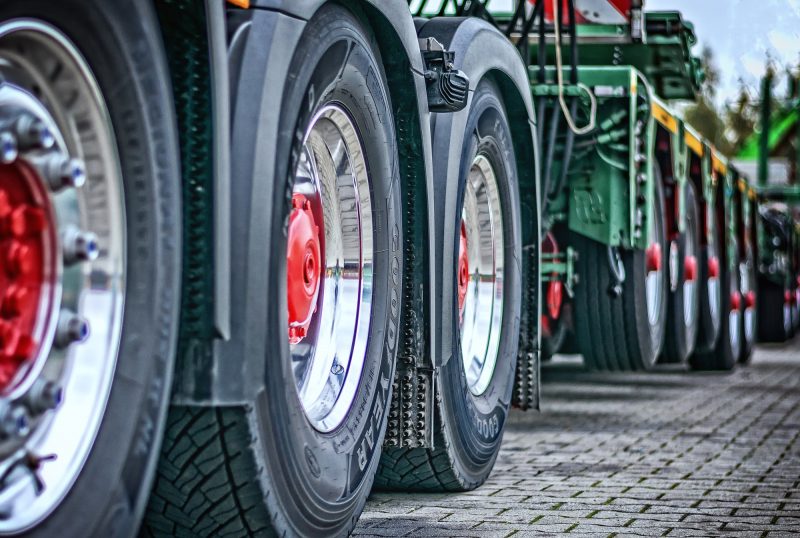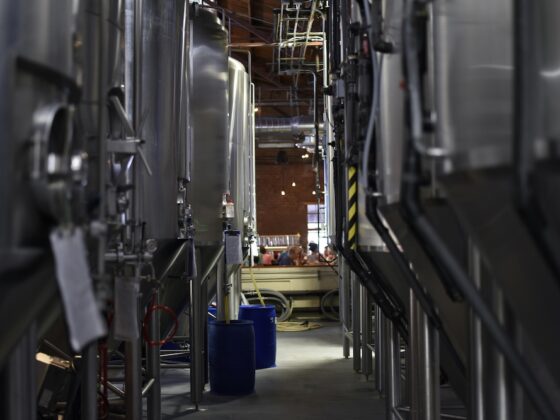The transportation industry is always an in-demand industry. With our world becoming more globalized, there is a greater need for transportation services. And there are exciting new changes coming.
The transportation industry continues to grow and in 2020 there will be many new transportation trends to keep an eye on.
Whether you are already in the transportation industry or are considering entering the industry, you will be excited to see the trends that are coming this year.
ADVERTISEMENT |
1. Air Freight Capacity and E-Commerce
With e-commerce, there has been a great demand for freight. Think about how convenient life has become because of expedited freight. You order goods using Amazon Prime and within two days you see an Amazon van pull up on your driveway to deliver your order.
With the growing consumer demand and an expectation of faster delivery, we will see more air freight. Logistics firms should prepare ahead to make sure their air freight has the capacity to deliver goods.
Air freight also includes drones. We have already seen a lot of discussion on delivery drones. It will not be long until this becomes mainstream. Beta testing may happen later this year.
2. Keep On Trucking
The rise of air freight does not mean a slowing down for trucking. Freight forwarding will implement the use of trucks for transporting goods overseas.
ADVERTISEMENT |
You can find out why freight forwarding is good for the trucking industry; you will not be surprised to see how trucking is beneficial to international shipping.
There will be more technology to help trucks move goods across borders. This technology will also allow the provider and the recipient to keep track of the truck’s journey and the delivery. Trucking will improve the supply chain process.
3. Inventory Management and Procurement
While we are in the midst of the coronavirus pandemic, we are seeing a great demand for inventory. Suppliers are under immense pressure to have an abundant supply of goods. As consumers procure these goods, suppliers must make sure they replenish—in order to make the consumers return.
Even after this pandemic dies down, we will likely see a shift from in-store consumers to delivery or curbside consumers. There will be an increase in the warehouse model.
There is likely to be an integration of the inventory management platform and the procurement platform so that the supplier is always aware of the inventory growth rate and the procurement rate.
ADVERTISEMENT |
4. Microservices and Probable Outcomes
Microservices allow testing a probable outcome without having to affect your work. In 2020, microservices will explore how changes can affect (positively or negatively) the transportation industry.
Testing an action in a live environment could cause a negative effect and cause a job to go haywire. Microservices is the best way to test an action in a safe environment.
Microservices was able to estimate that if a container managed by Electrolux arrived late to its destination, it could cost the company almost half a million dollars.
ADVERTISEMENT |
With the increased demand for transportation services, expect to see more “what-if” scenario testing through microservices.
5. Big Data
We bet you are not surprised to be reading about Big Data. We know that Big Data is disrupting many industries, and the transportation industry is no different.
Big Data will be used to have a deeper understanding of the supply chain industry. It will especially be useful in helping supply chain managers implement robots and AI to interact with their customers. Furthermore, robots and AI technology will create virtual interactive experiences for your customers.
ADVERTISEMENT |
6. Greater Adoption of Technology
No surprise here—2020 will see continued adoption of technology in the transportation industry.
Take a moment to see what is happening in the midst of the coronavirus pandemic. Technology services are being utilized more than ever. Companies are having to adopt technology to transition from the office to working from home.
As we mentioned in point #3, technology will be used by warehouses to manage their inventory and procurement. Big Data will help advise companies on how to use robots and AI for their customers’ benefit.
ADVERTISEMENT |
Expect to see more software development for the logistics industry. If you are in the industry and your business does not utilize technology much, now is the time to jump on board.
We will also see a greater demand for APIs. APIs will connect different systems. APIs can be used to sync calendars—so that a supplier will create a delivery estimated date and this date will be synced with the recipient’s calendar.
Furthermore, APIs can also be used for connecting more carriers, to keep track of the supply chain process, and improve inventory management. Particularly during times of crisis (like our current situation), we will see the benefit of API. We will see API as the new standard with logistics-related technology.
ADVERTISEMENT |
7. Temporary Storage
Storage has always been a huge part of the transportation industry.
As there will be a greater need for simultaneous delivery and replenishment (as we discussed in point #3) suppliers will look into temporary storage.
For example, instead of constructing a warehouse, a supplier may look into existing storage units for their goods. This gives them flexibility in choosing where to store their goods. They have the flexibility to transport their goods to a warehouse management system with superior features.
They may even rent out carriers such as a truck or a group of drones for delivering their goods.
ADVERTISEMENT |
Technology will play a part in all of this. Technology will let the supplier see where they can get the best deal for a storage unit. Microservices can be used to test out what an outcome would be if a supplier operated from Unit A as opposed to Unit B.
Keep an Eye out for More Transportation Trends
As we can see, transportation trends are taking the industry to new heights. This is the most exciting time to be in the transportation industry. Watch as these and other unexpected changes happen as the year progresses.
Be sure to follow us for more great content on technology, entertainment, and culture.
ADVERTISEMENT |





